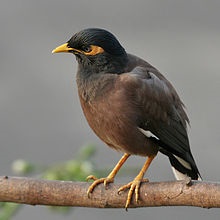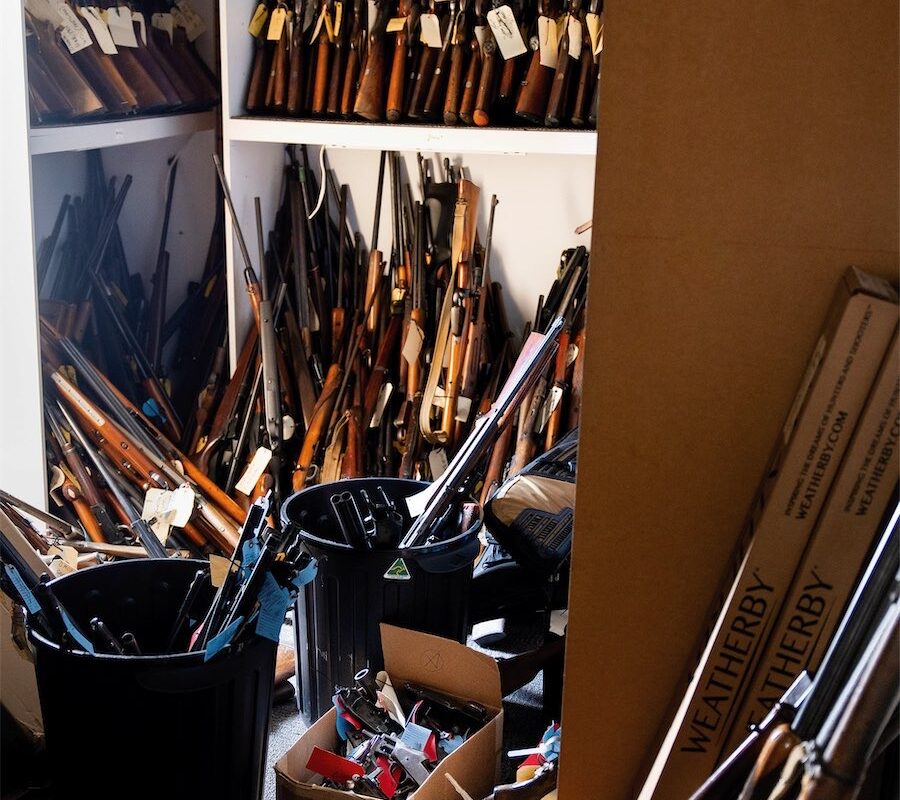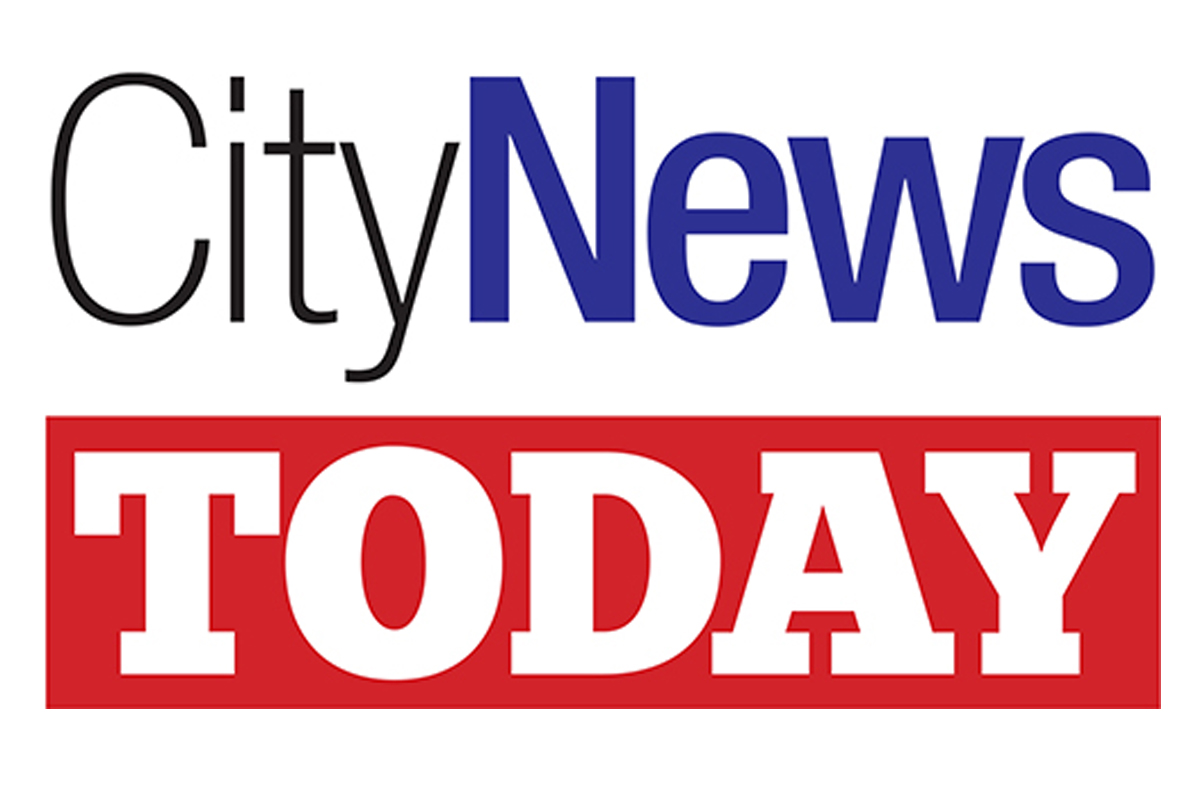BIRDWATCHER and nature lover Bill Handke has been aware of the issues around feral animals for a long time, as a retired senior public servant who worked in the area of agriculture, fisheries and forestry.
“There’s no invasive species that is benign,” he explains. “It’s just a matter of degree, of how much harm they do, and Indian Mynas are right up there with the worst.”

Bill is the president of the Canberra Indian Myna Action Group (CIMAG), a textbook example of grassroots mobilisation that has reduced the local Indian Myna population by more than 40,000, and inspired at least 40 other councils and community groups around Australia to join in the task of trapping and killing the highly intelligent, aggressive little birds, which were introduced here in 1963 by a resident who, apparently, was one of the few people who actually like the sound they make.
“They evict the local native birds from their nests and kill the chicks,” Handke says, explaining that most other small and medium-sized birds just can’t compete with the light brown, yellow-beaked invaders, who breed rapidly, systematically conquer territory and defend it with zeal.
By April, 2006, when Bill and other members of the Canberra Ornithologists Group founded CIMAG, the plague had reached the point where the Indian Myna was Canberra’s third most common bird. It’s now down to number 20.
The year before, he and his wife had noticed a battle taking place over one of the nesting boxes in their backyard, where Rosellas had nested for about 20 years, and they refused to let the marauding Mynas invade and occupy the homes of the native parrots unopposed.
“My wife would rush out there and bang the newspaper on the tree and try to scare them away,” says Bill.
The rolled-up newspaper did little to deter the flying ferals, but before long Bill had made a special cage that would trap them inside – and only them – helped greatly by the input of Peter Green, who is also the group’s first member to take 1000 birds out of circulation.
“We have working bees from time to time where we make the traps, but for the last four years or so, most of them have been made by the inmates at the jail,” he explains.
“We provide the prison with the materials and the tools, and we recently trained their supervisors. They make a very good trap; it’s really helped us out a lot.”
Getting the Alexander Maconochie Centre involved is just one of many important relationships the group has forged to achieve its goals. University researchers and the ACT Government are both involved, as is the federally funded Invasive Animals Cooperative Research Centre, and Bill says the local RSPCA will humanely euthanase the birds “if people find it too confronting”.
CIMAG has now given out about 1400 free traps, but donations are appreciated, the usual amount being $50, and trappers must agree to avoid animal cruelty.
CIMAG has also arranged two national conferences, the most recent in June this year, which discuss international experiences, the latest research and issues such as “trap shyness”.
“I don’t have any success putting a trap in my backyard these days because the Mynas are very wary,” says Bill. “I think it’s probably because of two factors: there’s too much vegetation around and the Mynas like a clear area… but also, they’ve associated my backyard with a bad place to be because all of their mates have disappeared here.”
The trapping program’s success has led to national media coverage, which continues with Bill and other members featuring in an ABC television show next month, hosted by William McGuiness.
Recently, the group won the ACT round of the Keep Australia Beautiful Awards, putting it in the running to win the national award later this year.
Who can be trusted?
In a world of spin and confusion, there’s never been a more important time to support independent journalism in Canberra.
If you trust our work online and want to enforce the power of independent voices, I invite you to make a small contribution.
Every dollar of support is invested back into our journalism to help keep citynews.com.au strong and free.
Thank you,
Ian Meikle, editor








Leave a Reply